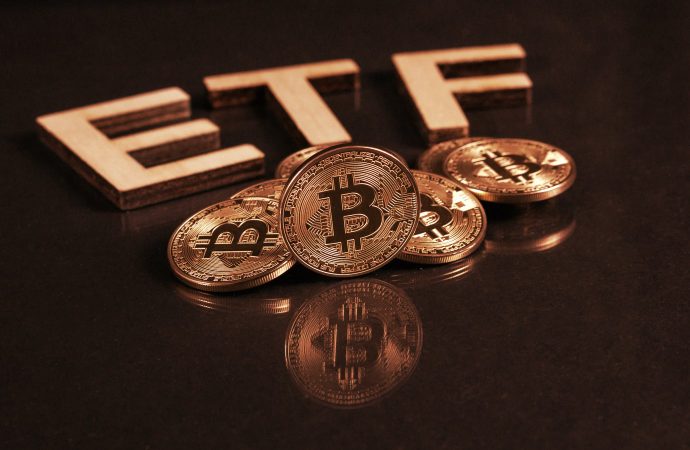Introduction The European Exchange-Traded Fund (ETF) market is experiencing a significant transformation, with a notable increase in ETF closures and a decline in new launches. This article delves into the reasons behind this shifting landscape, ETF closures fall launches European market highlighting the factors contributing to the surge in closures and exploring the implications for
Introduction
The European Exchange-Traded Fund (ETF) market is experiencing a significant transformation, with a notable increase in ETF closures and a decline in new launches. This article delves into the reasons behind this shifting landscape, ETF closures fall launches European market highlighting the factors contributing to the surge in closures and exploring the implications for the European market.

https://d1e00ek4ebabms.cloudfront.net .jpg
Surge in ETF Closures: Unpacking the Trend
The rising number of ETF closures in the European market has caught the attention of investors and industry observers alike. While ETFs have traditionally been associated with lower costs and passive investment strategies, this trend suggests ETF closures fall launches European market that not all products are meeting investor expectations. Analyzing the reasons behind these closures can provide insights into changing investor sentiments.
Factors Behind the Decline in ETF Launches
Simultaneously, the decline in new ETF launches suggests a more cautious approach among fund providers. Regulatory hurdles, market saturation in certain segments, and the complexity of creating innovative and competitive products could be contributing to this decline. The process of launching ETFs demands careful consideration, and providers may be reevaluating their strategies in light of evolving market dynamics.
Changing Investor Preferences and Market Dynamics
Investor preferences are evolving, driven by factors such as market volatility, changing economic conditions, and shifting geopolitical landscapes. These dynamics influence decisions about which ETFs to invest in and which to avoid. As investor expectations and risk appetites change, ETF providers must respond with products that align with these shifting preferences.
Navigating the Consequences for the European Market
The surge in ETF closures and decline in launches have broader implications for the European market. On one hand, the closures could signal a healthy market correction, filtering out under performing or redundant ETFs. On the other hand, the decline in new launches could impact market innovation and limit investors’ access to cutting-edge strategies. Balancing these consequences will require a delicate approach.
Conclusion: Adapting to Evolving ETF Landscape
The evolving landscape of ETF closures and launches in the European market underscores the dynamic nature of the investment industry. As ETF providers and investors navigate this changing terrain, adaptability and a commitment to understanding investor needs will be crucial. The ability to innovate, align products with market demands, and provide value to investors will determine success in this shifting landscape. As Europe’s ETF market continues to evolve, it remains to be seen how the balance between closures and launches will shape the market’s overall trajectory. Ultimately, a resilient and forward-thinking approach will be key to thriving in an environment where change is the only constant.

















Leave a Comment
Your email address will not be published. Required fields are marked with *